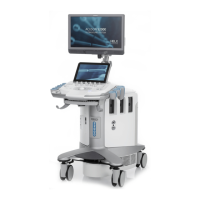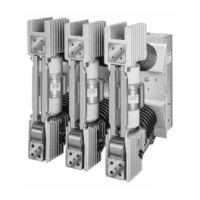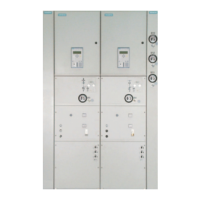7SR210 & 7SR220 Applications Guide
© 2013 Siemens Protection Devices Limited Page 11 of 48
Section 2: Protection Functions
2.1 Time delayed overcurrent (51/51G/51N)
The 51-n characteristic element provides a number of time/current operate characteristics. The element can be
defined as either an Inverse Definite Minimum Time Lag (IDMTL) or Definite Time Lag (DTL) characteristic. If an
IDMTL characteristic is required, then IEC, ANSI/IEEE and a number of manufacturer specific curves are
supported.
IDMTL characteristics are defined as “Inverse” because their tripping times are inversely proportional to the Fault
Current being measured. This makes them particularly suitable to grading studies where it is important that only
the Relay(s) closest to the fault operate. Discrimination can be achieved with minimised operating times.
To optimise the grading capability of the relay additional time multiplier, ‘Follower DTL’ (Fig. 2.1-1) or ‘Minimum
Operate Time’ (Fig. 2.1-2) settings can be applied.
0.01
0.10
1.00
10.00
100.00
1000.00
1 10 100 1000
Curr ent (x Is)
0.01
0.10
1.00
10.00
100.00
1000.00
1 10 100 1000
Current (x Is)
Operating Time (Seconds )
Figure 2.1-1 IEC NI Curve with Time Multiplier and Follower DTL Applied

